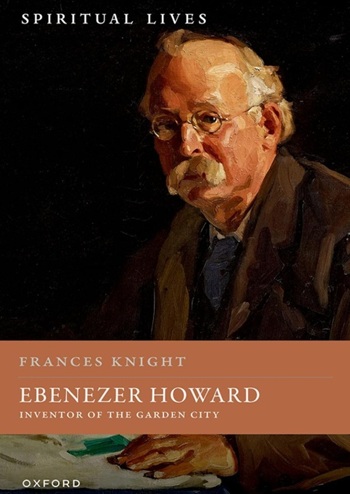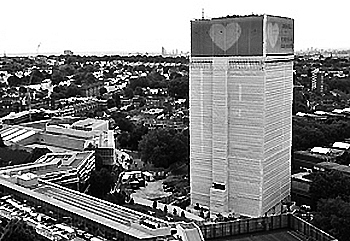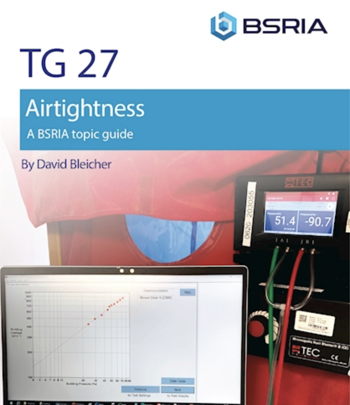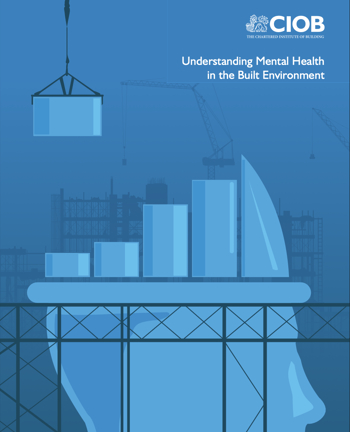Thermal imaging surveys
Contents |
[edit] About thermal imaging surveys
Thermal imaging surveys allow us to ‘see’ heat generated by objects in the surrounding environment.
This is not limited to objects that feel hot to the touch. In fact, all objects always radiate infrared ‘heat’ radiation. Thermal Imaging is the science of taking information from the radiated heat and converting it into an image. This can then be used to analyse the properties of the objects we are looking at.
Thermal imaging building surveys save time and money. They also improve safety across the sector.
Thermographic inspection features in environmental assessment tools such as BREEAM – a set of requirements designed to reduce the environmental impact of construction – as a method to determine energy loss through the building fabric.
A building should keep the expensive, heated air within its interior. It should be reasonably airtight and well-insulated to minimise energy loss. When things go wrong, energy escapes through anomalies like gaps, cracks, and thermal bridges. Thermal imaging is the quickest and most cost-effective way to highlight the anomalous areas.
Thermal imaging surveys are crucial for anyone responsible for heavy plant or building infrastructure. Electricians can detect hot-spots and potential failure points in the domestic installation of lighting circuits, and Facilities Managers in large office blocks can perform maintenance on a pump set supplying chilled water for a thousand workers. These are just two examples showing how thermal imaging can be a powerful diagnostic tool.
[edit] A pocket guide to thermal imaging of buildings
This pocket-sized guide (Thermal Imaging of Buildings - a pocket guide (BG 72/2017) aims to help you get the best from thermal images. It explains what thermal images can and can’t show, what you can do with them and how infrared cameras work. It refers mainly to the use of handheld cameras although cameras on airborne drones are also mentioned.
Thermal imaging is increasingly used in the construction industry to show faults in thermal insulation, electrical installationsand mechanical plant. It can also be used to test for areas of unusual heat loss or gain and cold areas of internal surface that might lead to discomfort, condensation and mould growth. This makes it a useful tool for checking quality in new and existing buildings. In recent years, the price of entry level thermal imaging cameras has dropped and the simplest cameras are now much easier to use, so they are accessible to almost anyone involved in checking the performance of buildings. But it is easy to make mistakes in the interpretation of thermal images, whether they appear on the screen of an infrared camera or in a report produced by a professional thermographer.
This pocket-sized guide aims to help you get the best from thermal images. It explains what thermal images can and can’t show, what you can do with them and how infrared cameras work. It refers mainly to the use of handheld cameras although cameras on airborne drones are also mentioned. Finally, it highlights some trends that will affect the future of buildingthermography.
|
Sections in the guide include:
|

|
Product details: Published: December 2017. Publisher: BSRIA.Author: Colin Pearson IBSN: 978-0-86022-760-1.
[edit] Thermal Imaging Services
BSRIA’s authoritativeness and independence in conducting thermal imaging surveys is well-respected. With broad experience in built environment thermographic inspection, we work constantly to develop new methods to use thermography in novel ways. We combine the latest high-definition cameras and thermal imaging technologies with knowledge and experience gained through many years within the built environment industry. As a result, we provide an unrivalled service that is both trusted and respected by the industry.
BSRIA thermographers are qualified in accordance with ISO 18436:7 and undertake thermographic surveys in accordance with BS EN 13187 and ISO 6781 as recommended by the UK Thermography Authority (UKTA).
This article appears on the BSRIA news and blogsite as 'Thermal Imaging Surveys: An introduction' and as 'Thermal Imaging of Buildings - a pocket guide (BG 72/2017)' as they appeared in January 2025.
--BSRIA
[edit] Related articles on Designing Buildings
- Air permeability testing.
- Air tightness in buildings.
- BREEAM Testing and inspecting building fabric.
- Cold bridge.
- Conventions for calculating linear thermal transmittance and temperature factors.
- Draughts in buildings.
- Energy audit.
- Energy Savings Opportunity Scheme.
- Internally insulating a historical building. An experimental DIY approach.
- Performance gap.
- Site inspection.
- The history of non-domestic air tightness testing.
- Thermal imaging of the building fabric in the net zero world.
- Thermal imaging to improve energy efficiency in building design.
- Thermography for traditional buildings.
- Thermographic survey of buildings.
- U-value.
- Workmanship.
Featured articles and news
The UK's Modern Industrial Strategy: A 10 year plan
Previous consultation criticism, current key elements and general support with some persisting reservations.
Building Safety Regulator reforms
New roles, new staff and a new fast track service pave the way for a single construction regulator.
Architectural Technologist CPDs and Communications
CIAT CPD… and how you can do it!
Cooling centres and cool spaces
Managing extreme heat in cities by directing the public to places for heat stress relief and water sources.
Winter gardens: A brief history and warm variations
Extending the season with glass in different forms and terms.
Restoring Great Yarmouth's Winter Gardens
Transforming one of the least sustainable constructions imaginable.
Construction Skills Mission Board launch sector drive
Newly formed government and industry collaboration set strategy for recruiting an additional 100,000 construction workers a year.
New Architects Code comes into effect in September 2025
ARB Architects Code of Conduct and Practice available with ongoing consultation regarding guidance.
Welsh Skills Body (Medr) launches ambitious plan
The new skills body brings together funding and regulation of tertiary education and research for the devolved nation.
Paul Gandy FCIOB announced as next CIOB President
Former Tilbury Douglas CEO takes helm.
UK Infrastructure: A 10 Year Strategy. In brief with reactions
With the National Infrastructure and Service Transformation Authority (NISTA).
Ebenezer Howard: inventor of the garden city. Book review.
The Grenfell Tower fire, eight years on
A time to pause and reflect as Dubai tower block fire reported just before anniversary.
Airtightness Topic Guide BSRIA TG 27/2025
Explaining the basics of airtightness, what it is, why it's important, when it's required and how it's carried out.
Construction contract awards hit lowest point of 2025
Plummeting for second consecutive month, intensifying concerns for housing and infrastructure goals.
Understanding Mental Health in the Built Environment 2025
Examining the state of mental health in construction, shedding light on levels of stress, anxiety and depression.
























